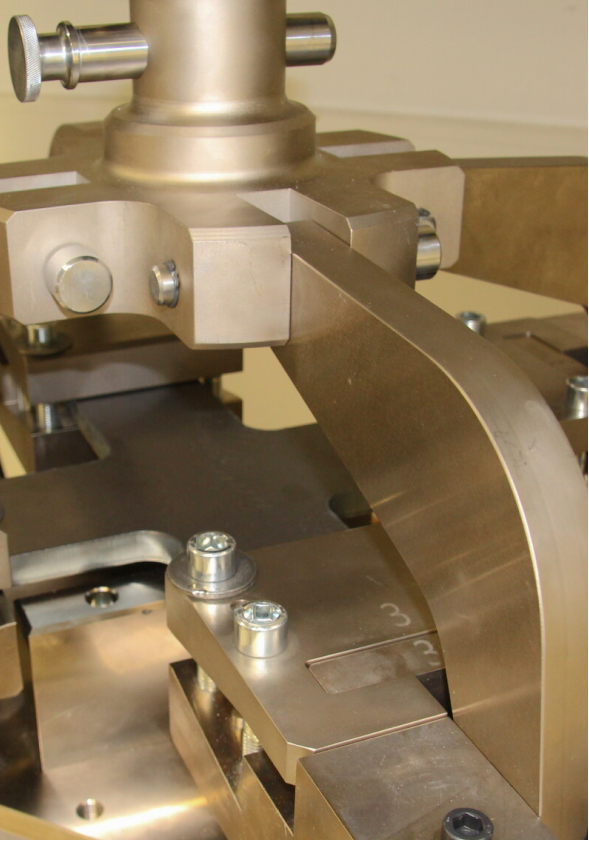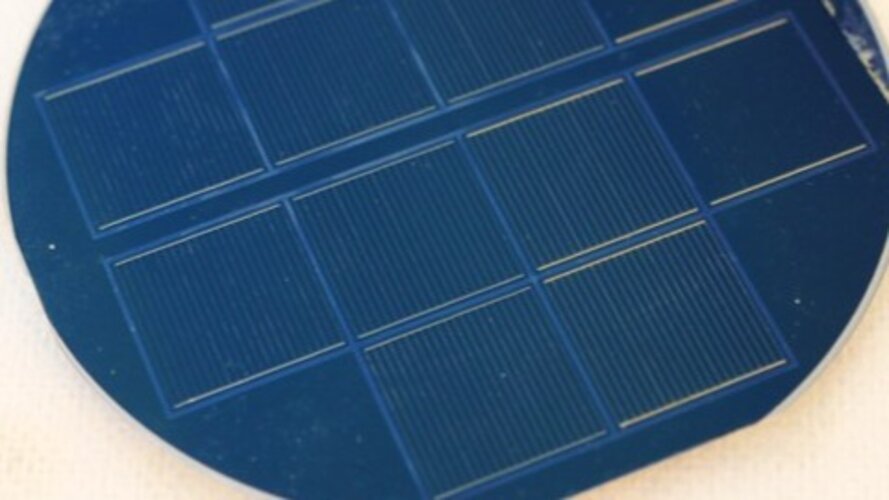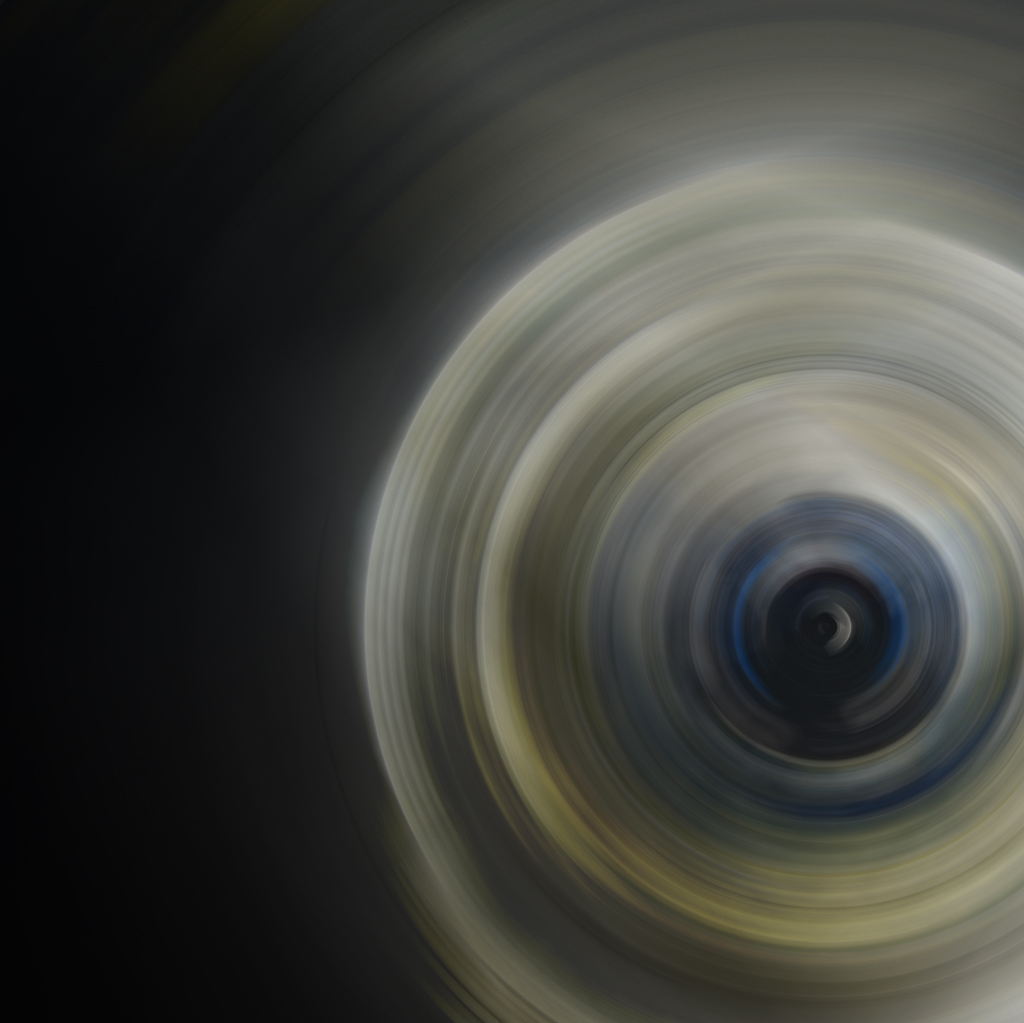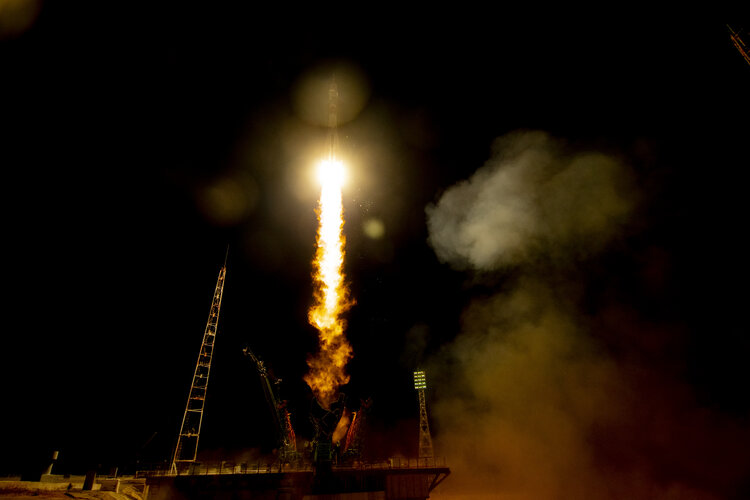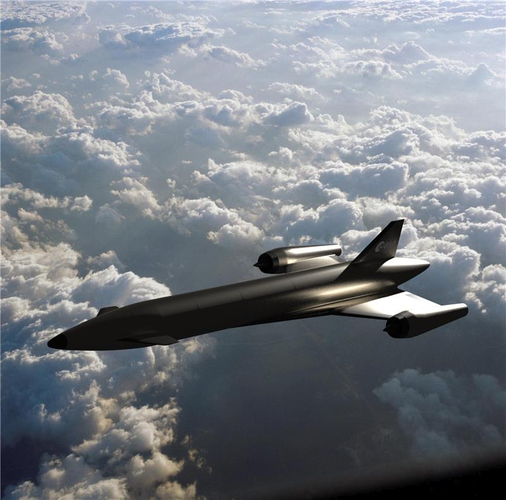News
Stay up to date with all the incredible activities and opportunities driven by the TEC directorate
GSTP Annual Report 2020
The GENERAL SUPPORT TECHNOLOGY PROGRAMME (GSTP) Annual Report is available here .
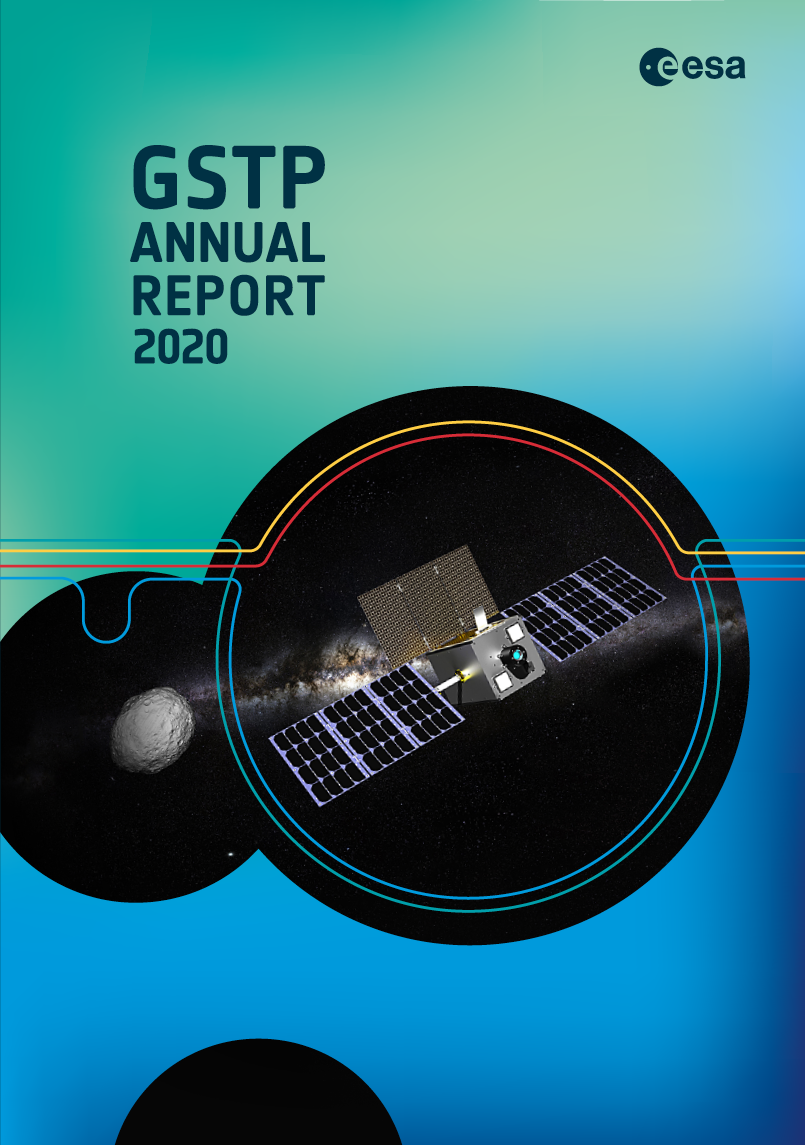
Boost Europe's green future using space
Funding available for ideas to boost Europe's green future using space
Competing companies developing payload to make air from moon-dust
ESA is challenging companies in its Member States to design a compact plant to demonstrate the manufacture of oxygen on the Moon.
Industrial teams are competing this summer to propose and prove designs through testing, with the winner set to be declared in September. This small piece of technology will evaluate the prospect of building larger plants to produce propellant for spacecraft, air for astronauts and metallic raw materials for equipment.
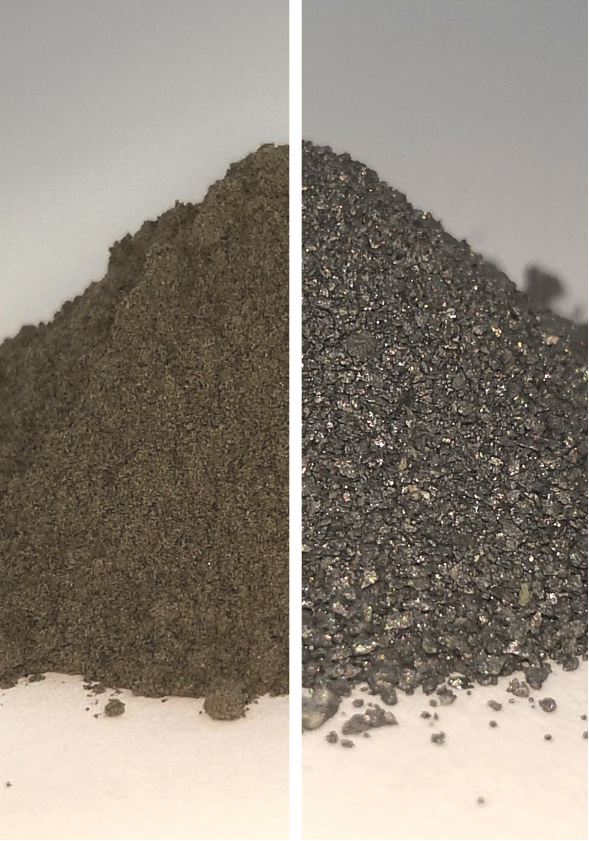
Implemented OSIP ideas — June 2021
ESA's Open Space Innovation Platform (OSIP) seeks novel ideas for new space research activities. Campaigns and Channels invite solutions to specific problems or ideas on more general topics, with those run by Discovery & Preparation, including the Open Discovery Ideas Channel, specifically looking for ideas that could be implemented as system studies, early technology developments, or PhD or postdoc research co-funded by ESA and a university.
Open Discovery Ideas Channel
In June 2021, the following ideas were implemented through the Open Discovery Ideas Channel:
Satellite communications via space-based internet service providers
University of Luxembourg
Read about this public idea in OSIP
Optimal control of solar sails
Inria
Like wind sails use wind to propel sailing boats through water, solar sails use sunlight to propel spacecraft through space. Solar sail-propelled spacecraft can reach speeds that would be practically impossible for chemical rockets to achieve, and can be placed in orbits that would otherwise be unstable. But just like wind sails, solar sails require careful control. This co-funded research project aims to improve the control of solar sails, in particular during multi-revolution Earth escape or de-orbiting trajectories.
Study on wireless onboard instrumentation of space transportation systems
German Aerospace Center (DLR)
As more of our domestic electronic devices become wireless, the same thing is happening in space. The latest satellites are designed to communicate and process data using wireless technologies. But there are no publicly available concepts for using this technology in space transportation vehicles. This study aims to develop this area further, in the hope of simplifying integration and testing; it will simplify design and reduce cost by focusing on commercial off-the-shelf (COTS) components.
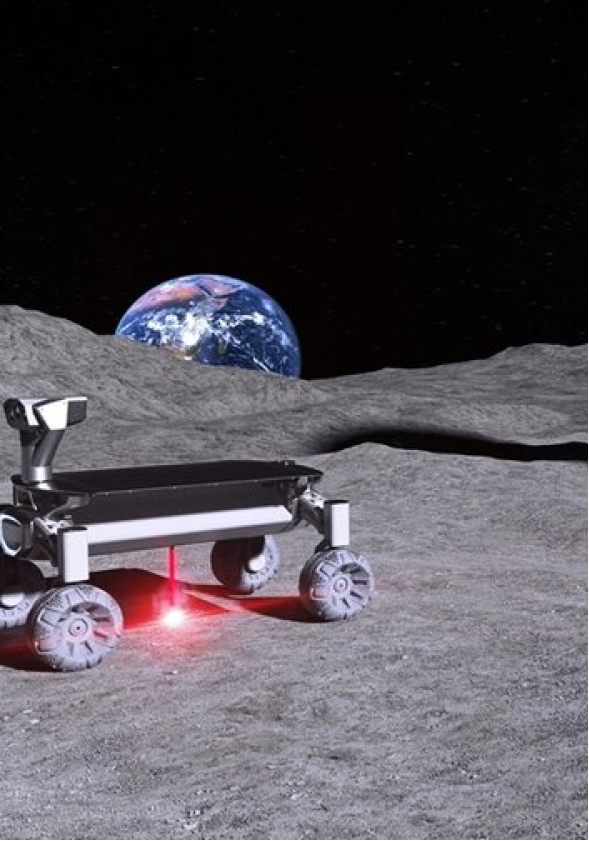
Feel the Force
Going to space equals stress. As launcher propellant tanks are filled with fuel, or spacecraft structural panels experience the strain of orbital ascent, they undergo major force loading in multiple directions at once.
ESA’s new Bi-Axial Test Facility – installed at the Agency’s Materials and Electrical Components Laboratory at its ESTEC technical centre in the Netherlands – replicates the bi-directional application of load, allowing higher-fidelity testing of candidate materials for space missions.
“This is a new add-on to our existing Instron hydraulic test system, which is able to apply up to 250 kilonewtons of force in a single direction,” explains ESA materials engineer Donato Girolamo, who commissioned the design of the new facility to fulfill space material testing requirements.
“This is a new add-on to our existing Instron hydraulic test system, which is able to apply up to 250 kilonewtons of force in a single direction,” explains ESA materials engineer Donato Girolamo, who commissioned the design of the new facility to fulfill space material testing requirements.
“This extra jig works somewhat like a car jack. It has four rotating arms connected to sliding clamps onto the sides of the test item. Then as the hydraulic load is applied these arms rotate and the clamps slide outwards, pulling the material out along all four directions, to apply loading in both the x and y axes.”
Such bi-axial testing is especially valuable for composite structures, widely used in space, which can possess differing material properties along different directions.
